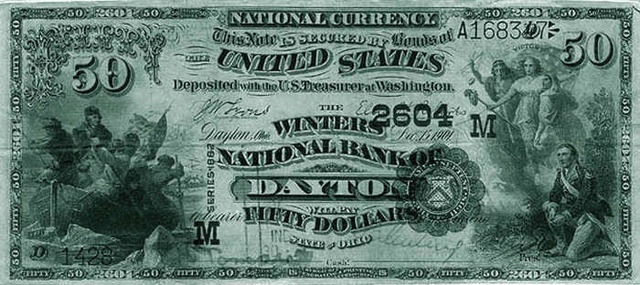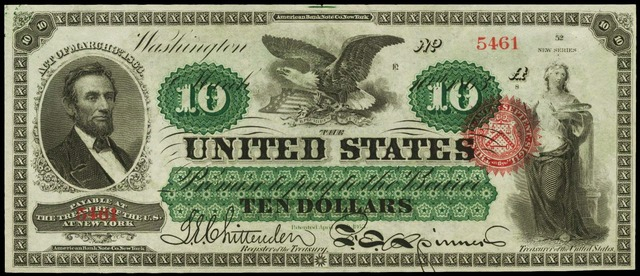The National Bank Act of 1863
There was no central banking system in America after President Andrew Jackson abolished the Second Bank of the United States. Instead, there were numerous state-chartered banks scattered around the nation that printed their own currency. Salmon P. Chase, Lincoln's Treasury Secretary, and Senator John Sherman, the brother of General William Tecumseh Sherman, collaborated to establish a centralized banking system in order to stabilize currencies and provide a market through which to sell government bonds.
The National Bank Act of 1863 was the result of their efforts. The act established national banks—banks backed by bonds deposited with the government—with charters and oversight from the federal government. The government limited the quantity and kinds of loans that National Banks may issue, and the banks issued the national currency through their branches. State-chartered banks were still permitted to print their own banknotes, but the 1863 Act added a 10% levy to them, making them prohibitively expensive to use and hastening their demise.
Thus, a stable national currency was adopted, most of the corruption present in state-chartered banks was eradicated, and a modern national banking system was established by the National Bank Act of 1863, which was revised the following year. State-issued banknotes had all but disappeared by the end of the American Civil War and had been replaced by US government-issued paper money. Abraham Lincoln's Presidency was also responsible for the development of the modern banking system.












